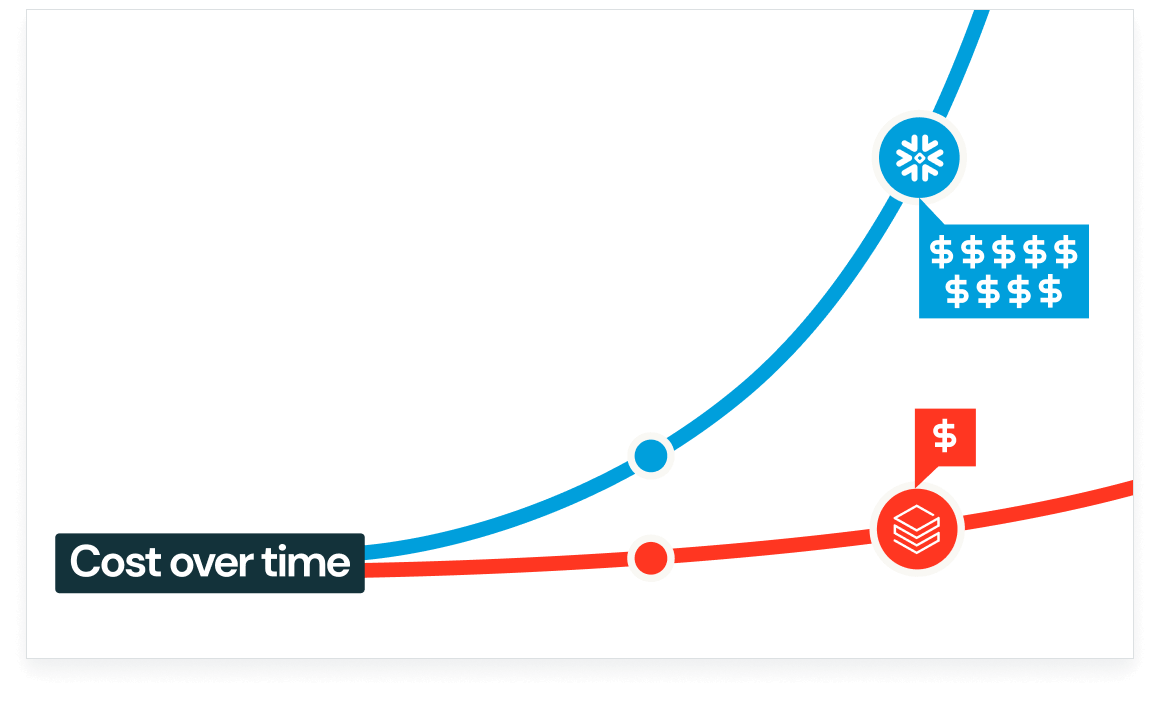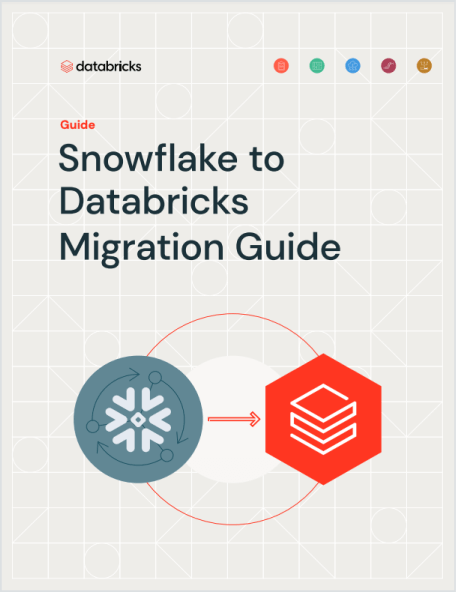
Databricks vs. Snowflake
ETL costs up to 9x more on Snowflake than Databricks Lakehouse
ETL workloads are the foundation of your analytics and AI initiatives and typically account for 50% or more of an organization’s overall data costs. The rapid rise of LLMs and other AI applications is forcing companies to take a closer look at how to scale in a cost-efficient manner.
Databricks vs. Snowflake
The best data platform is a lakehouse
Use case | Snowflake | Databricks |
|---|---|---|
Support for all data types | No support for unstructured data | |
Unified experience across all workloads | No support for DSML | |
Unified governance | Structured data only | |
Strong price/performance at any scale | Unfavorable nonlinear price/performance | |
Real-time data | Requires connectors | |
Open data sharing | Walled garden approach |
Databricks vs. Snowflake: perspectives
from leading systems integrators
Find out why companies are choosing
Databricks Lakehouse over Snowflake

Snowflake to Databricks Migration Guide
Building ETL pipelines or implementing machine learning on Snowflake requires you to manage and operate additional tools. Over time, your architecture will become more costly and complex. With the Databricks Lakehouse Platform, you get high-performing, cost effective ETL and native support for AI.
Download this migration guide to learn:
-
5 critical phases of your migration project
-
Best practices to scale your lakehouse
-
Resources to help with your migration journey
